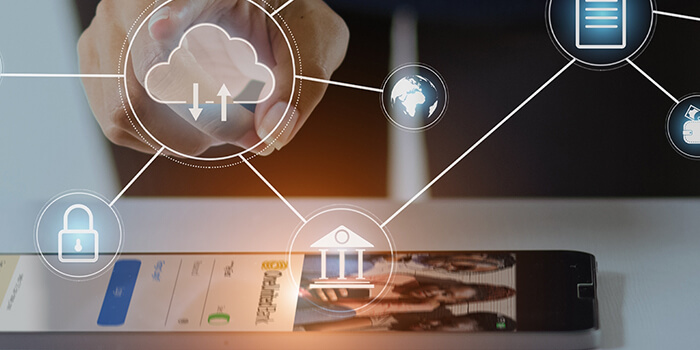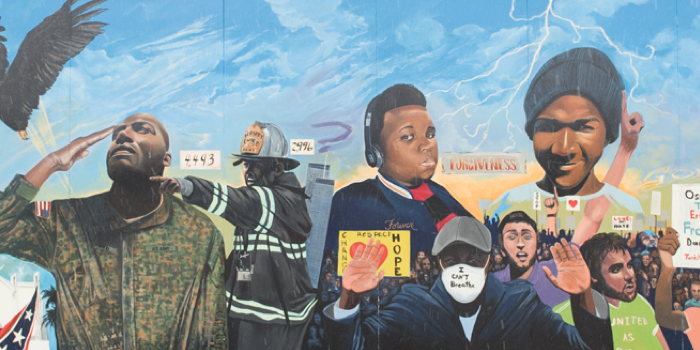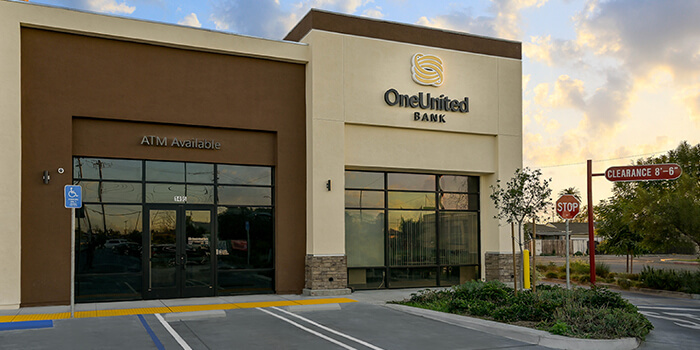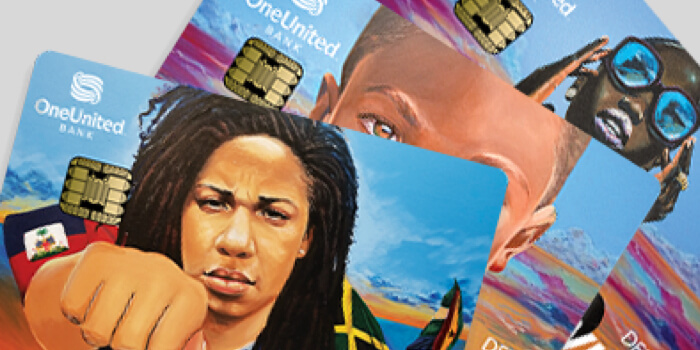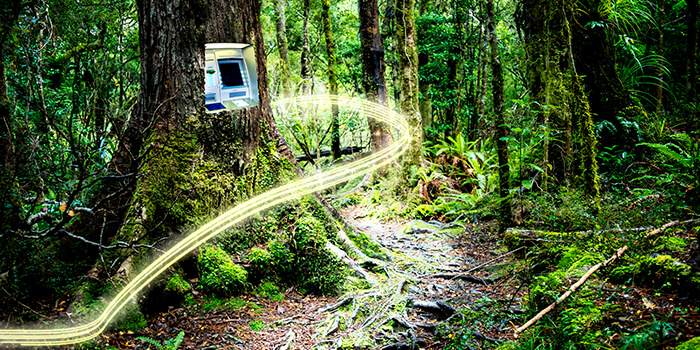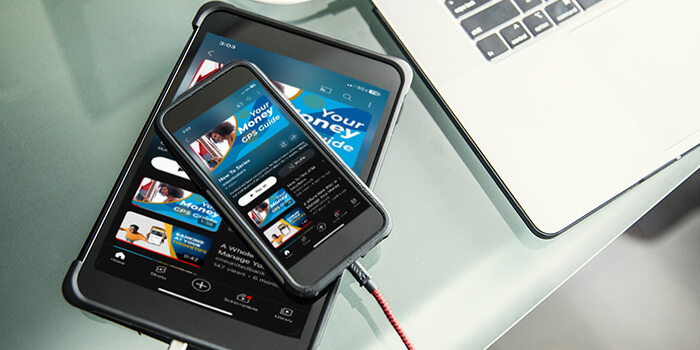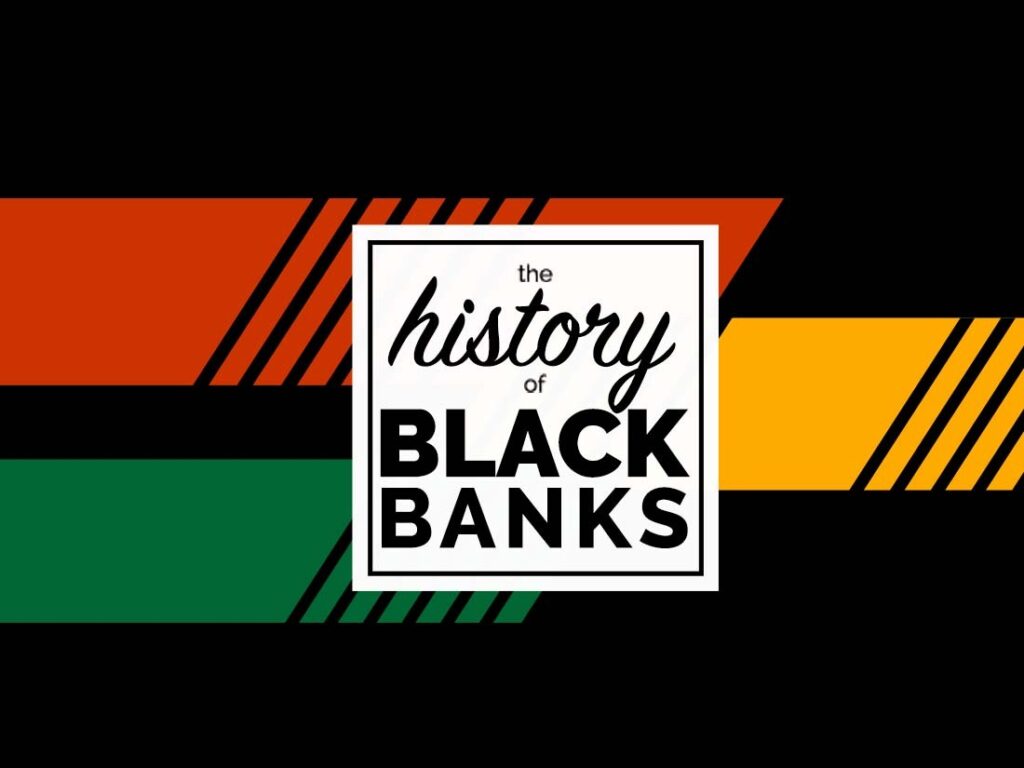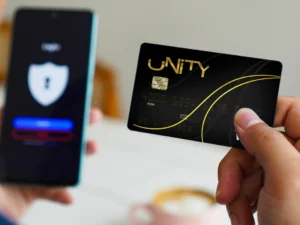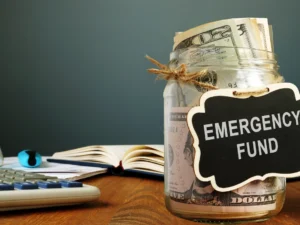As the largest Black owned bank in the country, OneUnited Bank defines Black Americans by our assets instead of our challenges. That’s the framework we use to explain the untold history of Black owned banks and the 3 reasons they’re important.
Before the Civil War – There were discussions about starting Black-owned banks to create more economic opportunity for free Black Americans and stand as powerful symbols in the fight against slavery even before the Civil War. Given the oppressive environment, these earliest visions could not be realized at that time. Still, we rise.
After the Civil War – Black Americans were shut out of American banks, even after the Civil War. Instead, the credit used by the Black community to establish businesses and help families was provided through non-traditional channels, such as wealthy individuals or cooperatives with limited success. Still, we rise.
In 1865, a bank was established to serve Black Americans – known as Freedman’s Savings Bank, which opened 37 branches over 17 states and had 67,000 depositors. It came under the control of white financiers, who used the bank’s resources to fund speculative investments, losing the life savings of thousands of Black depositors. Still, we rise.
Between 1888 and 1934, 134 Black owned banks were formed to help the Black community overcome challenges and serve as an important source of credit while also providing training and jobs. In 1906, the Greenwood District of Tulsa, Oklahoma, also known as Black Wall Street, had a Black bank and was one of the most prosperous Black communities in America. It was burned to the ground by white supremacists. Still, we rise.
Black banks offered the benefits described by Maggie Lena Walker, the first Black woman to charter a bank:
Let us put our moneys together. Let us use our moneys; let us put our moneys out at usury among ourselves and reap the benefit ourselves. Let us have a bank that will take the nickels and turn them into dollars.
—Maggie Lena Walker
After the Civil Rights Movement – Black Americans have made historic progress overcoming 250 years of slavery, 100 years of Jim Crow and only being legally free for 50 years, since the Civil Rights Act was passed. Although the number of Black owned banks has varied over the years, their focus on turning “nickels into dollars” and “putting our money to reap the benefits ourselves” has never wavered. Still, we rise.
The history of Black owned banks is well documented, but the benefits have not been well explained. Simply stated, here are 3 benefits:

Black banks have been turning “nickels into dollars” since the 1800s. Imagine if there were never Historically Black Colleges and Universities (HBCUs) or organizations like the NAACP and Urban League, that fight for civil rights. Similarly, imagine if there were never any Black owned banks. Black American progress is strengthened by our collective organizations.
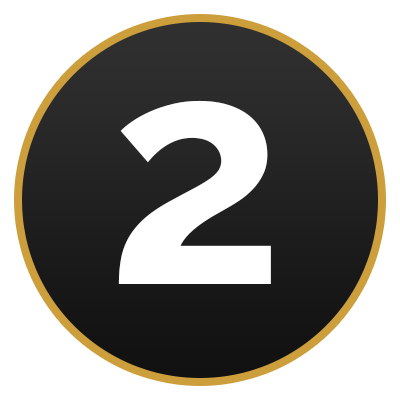
Black banks serve Black people. In neighborhoods created by discriminatory practices like redlining, Black-owned banks are often the only source for reasonable, fair, and non-predatory lending. Black-owned banks deploy resources that uniquely address the needs of the Black community, like 2-day early pay, short term, small dollar loans and real estate secured lending, in minority communities without the baggage of discrimination.

U.S. banks do not well serve the Black community. 49 percent of Black households were underbanked or completely unbanked, compared to just 15 percent of white households in 2019, according to the Federal Reserve. The US Census Bureau’s Annual Survey of Entrepreneurs found that Black families are rejected for credit at twice the rate for white applicants.
It’s time to recognize the importance of Black owned banks, which is why the #BankBlack Movement is so powerful. Find a Black bank in your community and join the BankBlack movement today! Still, we rise.



